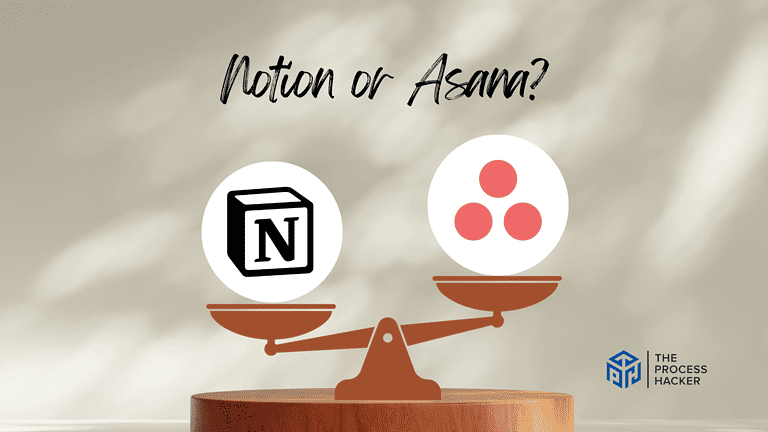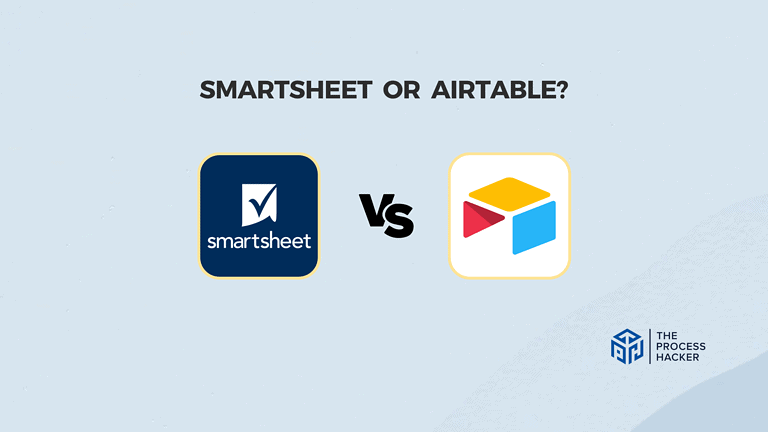The Impact of Digital Transformation on Education
“Digital transformation” has been a buzzword in many fields over the past ten years, but it has had the biggest effect on education. What is the effect of digital transformation on education?
Simply put, it means using digital technology in every part of schooling. This will completely change how teachers teach and how students learn.
Educational institutions are among the first to adopt these tools to improve learning environments and give students the skills they will need in the 21st century.
Enhancing Educational Accessibility and Flexibility
One of its most important benefits is that digital change has made education more open and flexible. What does this mean in real life, though? Many students have found new possibilities thanks to digital tools like online learning platforms.
This is especially true for primary and secondary students who live in remote or underserved areas. These platforms offer more than just virtual classrooms.
They also have digital resources, video lessons, and interactive tools that students can use whenever possible. In addition to making room for different learning styles and speeds, this change ensures that more students can continue their education, no matter where they live.
Flexible Learning Models for the Digital Age
Digital technology is reshaping how you learn. Let’s dive into how it makes education more accessible and flexible than ever:
- No More Classroom Limits: Online learning means you can study from your living room, a coffee shop, or even halfway across the globe on a trip. Learning breaks the traditional boundaries of the classroom.
- Adapt to Your Schedule: Can’t attend classes at set times? Digital courses often let you learn at your own pace, fitting education around your work, family, or other commitments.
- Personalized Learning Paths: Technology helps tailor lessons to your specific needs and learning style. Whether you need a bit more review or want to jump ahead, digital learning can make it happen.
The digital age is about choice and opportunity in education. Isn’t that exciting?
Creating Inclusive Digital Learning Experiences
A successful digital transformation will shape the way we approach education. Let’s explore how it expands accessibility and flexibility:
- Beyond the Classroom: Online learning removes geographical and scheduling barriers. You can access quality education from anywhere on a timetable that suits your needs.
- Adapting to Your Pace: Digital courses frequently offer self-paced learning options. This allows you to balance education with work, family, and other commitments.
- Tailored Learning Journeys: Technology facilitates personalized instruction. Whether you require additional support or are ready to accelerate, digital tools can adapt to your individual learning style and needs.
Integrating digital technologies nowadays presents a compelling opportunity for inclusive learning environments that empower all students to succeed and make the most out of digital transformation.
New Digital Online Services in the Education Sector
With the expansion of digital transformation in education, new online platforms are emerging to assist students in managing their academic workloads. PapersOwl is among the notable resources providing online help, allowing learners to seek guidance from experienced professionals.
Students often turn to the Canadian essay writing service when they need expert feedback or help structuring their papers, ensuring they meet the academic standards required by their institutions. These platforms are pivotal in supporting students in navigating the complexities of their courses, equipping them with the tools needed to excel academically and prepare for their future careers in a competitive digital age.
Improving Teaching Methods and Curriculum
Digital technology changes more than just where and when school is held. It also changes how it is taught. Educational tools (EdTech) are being used to improve both the way teachers teach and the curriculum.
These days, most classes have interactive whiteboards, digital textbooks, and simulation software. These tools make learning more fun and interactive.
Teachers can now use these tools to make lessons that are interesting, keep students’ attention, and meet the needs of all of them as learners. The curriculum is also changing, with a bigger focus on digital skills and knowledge that are important for the digital industry.
Difference in the Past Curriculum vs Improved Curriculum Now
| Aspect | Past Curriculum | Improved Curriculum Now |
| Learning Approach | Rote memorization | Interactive learning with a focus on critical thinking |
| Technology Integration | Limited or no use of technology | Extensive use of digital tools and resources |
| Skill Development | Focus on standardized testing | Emphasis on skills like digital literacy and creativity |
| Student Engagement | Passive learning (listening and note-taking) | Active participation through projects and collaboration |
| Content Relevance | Often outdated subjects | Updated regularly to include current and relevant topics |
| Flexibility | Fixed schedules and rigid structures | Flexible learning options, including hybrid models |
| Accessibility | Dependent on physical presence in classrooms | Accessible from anywhere, enhancing global reach |
| Assessment | Standardized tests predominating | Diverse assessment methods, including practical evaluations |
Data-driven Decisions and Personalized Learning
Imagine a school where the lessons are changed to fit each student’s needs. Thanks to the power of data analytics, this is becoming possible.
Educational institutions use data to make smart choices about how to teach, how to create the curriculum, and how to use their resources. This strategy is based on data, which supports personalized learning, in which lessons and other materials are made to fit the needs of each student.
It has been shown that personalized learning helps students learn more by focusing on their unique skills and weaknesses.
Challenges and Barriers to Digital Transformation
While digital transformation opens up incredible possibilities for education, there are important challenges to address to ensure everyone benefits equally:
- Unequal access to reliable internet, devices, and digital literacy skills creates a gap between those who can fully participate in digital learning and those who are left behind. Bridging this divide requires investment in infrastructure and programs.
- Educators need ongoing professional development to confidently use digital tools, design online courses, and adapt teaching strategies for virtual environments.
- Online learning can lack the social interaction of traditional classrooms, potentially impacting student motivation and focus. Developing strategies to foster online communities and create dynamic, interactive learning experiences is crucial.
- Schools and institutions may face substantial costs in purchasing devices, upgrading internet connectivity, and subscribing to digital learning platforms. It’s essential to find sustainable funding models and consider open-source solutions.
- Digital transformation shouldn’t just replicate existing inequalities. Proactive measures are needed to make sure technology-enhanced learning addresses the needs of diverse learners, including those with disabilities or from marginalized communities.
By tackling these challenges strategically, we can unlock the full potential of digital transformation to create more accessible, engaging, and equitable education and learning management systems for all.
The Future of Digital Education Systems in the World
What does the future hold for education? There is a clear trend toward a more connected educational system that uses more complex technology.
Artificial intelligence (AI) and virtual reality (VR) are two new technologies that are about to change how educational events are conducted by making them more immersive and interactive.
Aside from the AI, here are some of the anticipated changes in the education system of the world:
- Blockchain for Education: Blockchain technology could be used to securely store educational credentials and records, making them easily transferable and recognized across different institutions globally.
- Global Learning Communities: The Internet will continue to connect you with peers and educators worldwide, fostering global learning communities that share resources, ideas, and cultural perspectives.
- Sustainable Education Technologies: As environmental concerns mount, there will be a push towards more sustainable, energy-efficient technologies in education, reducing the carbon footprint associated with digital learning platforms.
- Enhanced Accessibility: Efforts will increase to make digital education tools accessible to everyone, regardless of physical abilities or learning differences. This will include adaptive technologies that support diverse learning needs.
As artificial intelligence and augmented and virtual reality become more widely used, these technologies will likely significantly shape the educational environment, making teaching and learning practices even more interesting and valuable.
Final Thoughts on Digital Transformation in Education
The educational environment is changing due to the digital revolution, making it easier for students to access, more flexible, and better suited to their needs.
The benefits range from better educational practices to personalized learning and are clear and appealing. As institutions continue to accept these changes, the future of teaching and learning looks digital and promising.
As technology improves, the next few years will bring even bigger changes to education, preparing students for life in the increasingly digital world. Educational institutions are not only changing but also setting an example for others to follow by embracing digital change.















